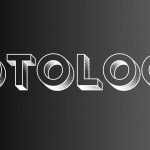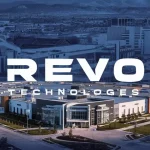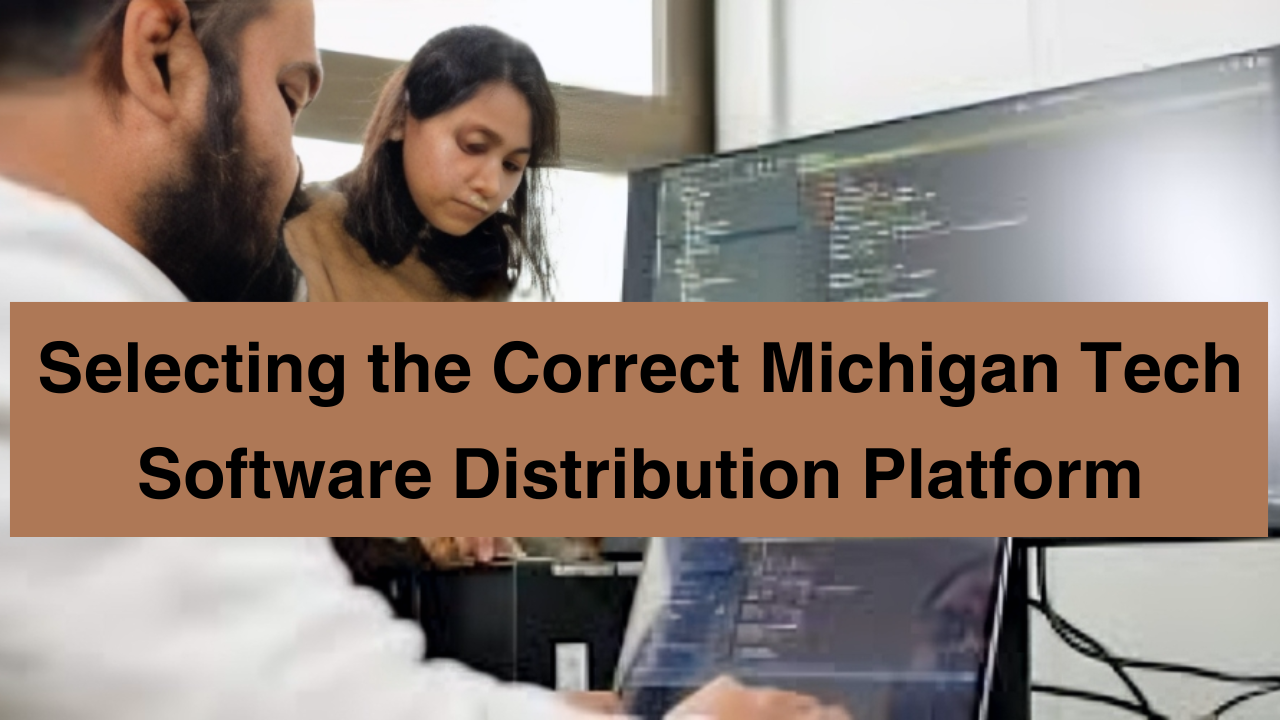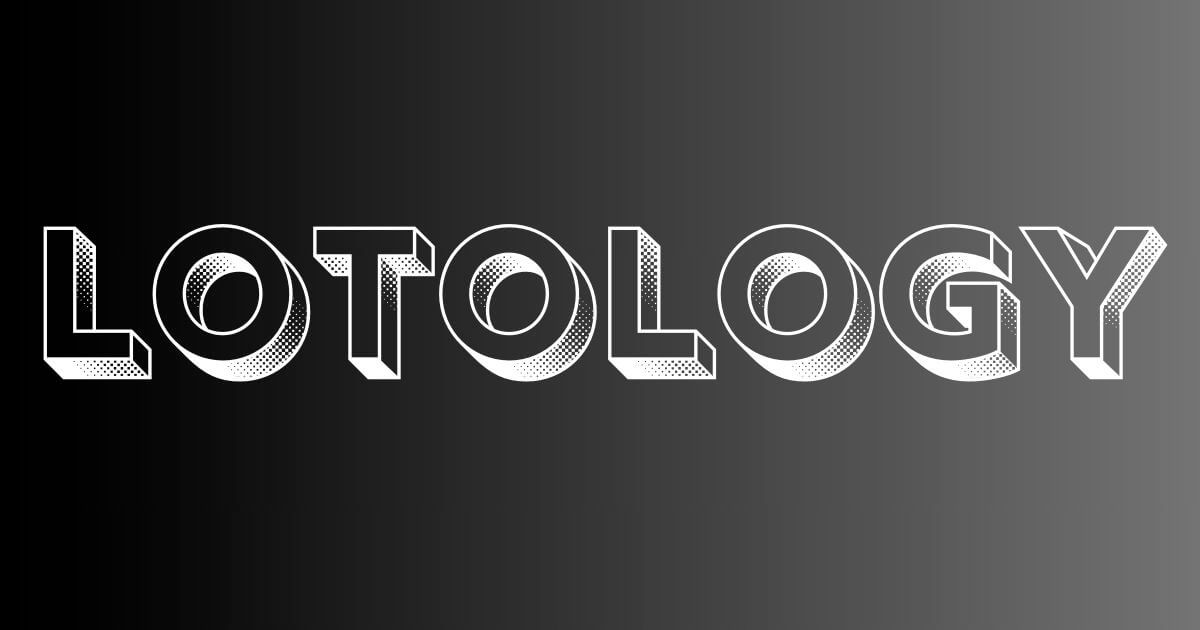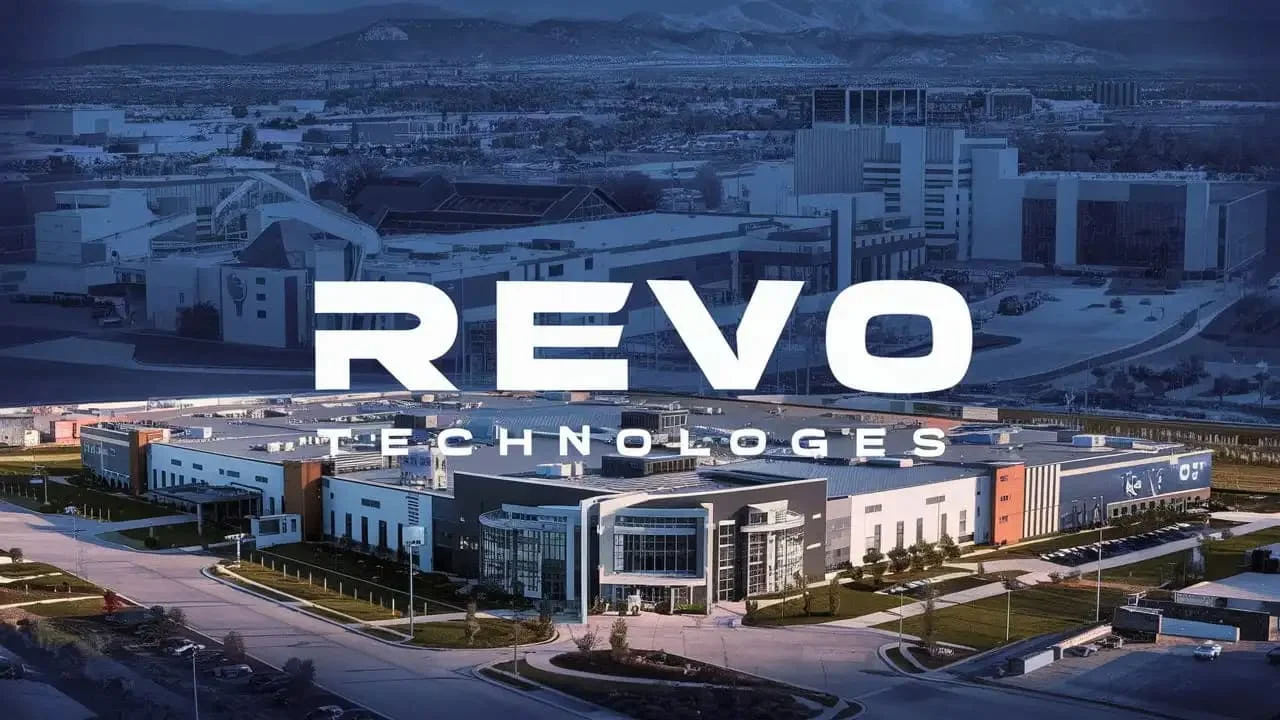Introduction
Michigan Technological University (MTU) is renowned for its rigorous academic programs, particularly in engineering and technology. Providing students, faculty, and staff with the most up-to-date software tools is an essential part of sustaining a state-of-the-art learning environment. This paper examines the details of the software distribution system at Michigan Tech, what it does, what software is available, and how the software is distributed.
The Purpose of Software Distribution
The main goals of Michigan Tech’s software distribution system are:.
Enhancing Academic Experience: Enhancing Academic Experience:
Providing students with industry-standard software to complement their coursework.
Providing faculty with the resources to do research and teach.
Facilitating Research: Facilitating Research:
Making available specialized software for advanced research projects.
Supporting interdisciplinary collaborations by providing a common software ecosystem.
Optimizing Administrative Tasks: Optimizing Administrative Tasks:
Making everything more efficient with the use of good software.
Ensuring compliance with licensing agreements and security standards.
Software Offerings
At Michigan Tech, there is a variety of software, which can be grouped into a few main classes:.
General Productivity Tools: General Productivity Tools:
Microsoft Office Suite (Word, Excel, PowerPoint, Outlook)
Google Workspace (Gmail, Google Docs, Google Sheets, Google Slides)
Adobe Acrobat Reader DC
Zoom
Programming and Development Tools: Programming and Development Tools:
MATLAB
Python (various distributions)
C/C++ compilers
Java Development Kit (JDK)
Visual Studio Code
Android Studio
Engineering and Design Software: Engineering and Design Software:
AutoCAD
SolidWorks
MATLAB Simulink
ANSYS
LabVIEW
Specialized Software for Specific Programs: Specialized Software for Specific Programs:
Geographic Information Systems (GIS) software
Cybersecurity tools
Data analysis software
Remote sensing software
Software Distribution Methods
‘Michigan Tech uses several different ways of delivering software to its community:.
Software Distribution Center (SDC): Software Distribution Center (SDC):
A software download site over the web where users download software into their own computers.
Offers a user-friendly interface and detailed instructions for installation.
Provides access to both licensed and free software.
Campus Common Core Software: Campus Common Core Software:
A collection of vital software programs available on campus computers out of the box.
Ensures consistency and compatibility across all devices.
Includes software for general productivity, web browsing, and specific academic needs.
Virtualization: Virtualization:
Provides software as virtual machines, so it can be accessed remotely.
Useful for specialized software that requires specific hardware configurations.
Provides a consistent environment for research and teaching.
Apps Anywhere:
Cloud-based software delivery platform that enables users to run applications in a web browser.
Eliminates the need for local installations, simplifying software management.
Offers a seamless user experience across different devices.
Challenges and Future Directions
Although Michigan Tech’s software distribution system is very strong and efficient, it does have some drawbacks:.
Licensing Compliance: Ensuring adherence to complex licensing agreements.
Software Updates and Maintenance: Keeping software up-to-date and secure.
User Support: Providing timely and efficient assistance to users.
Michigan Tech is pursuing these approaches to meet these challenges:.
Automation: Leveraging automation tools to streamline software deployment and updates.
Cloud-Based Solutions: Greater use of cloud computing for the sake of scalability and access.
Artificial Intelligence and Machine Learning: Using artificial intelligence (AI) and machine learning (ML) to make recommendations about software and bug fixes.
User-Centered Design: Focusing on the user and feedback to improve the software distribution process.
Conclusion
It is because Michigan Tech Software Distribution is based on the idea of bringing to the student the most advanced software and therefore, in order to do this, they must bring in the latest software. Through the delivery of a broad spectrum of software to the community, the university enables its members to conduct pioneering research, devise innovative solutions, and achieve their academic goals. As technology advances, Michigan Tech will continue to be in the vanguard of software delivery, well equipped to provide its students, faculty, and staff with the means to succeed.


